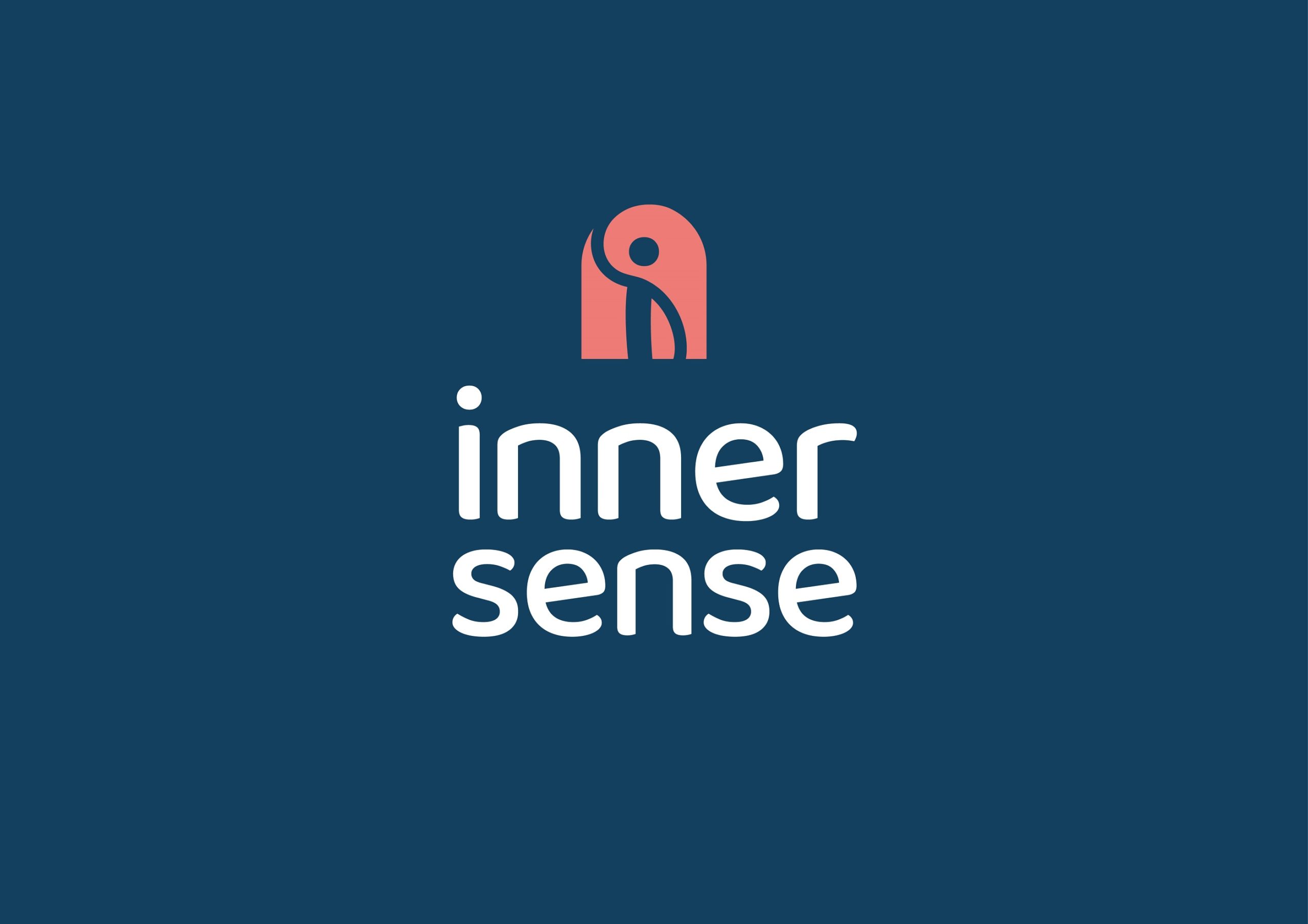The claimed benefits include weight loss, reversal of metabolic disorders and even extended life expectancy.1 Meanwhile, critics warn that it can be a gateway to eating disorders. So what is the truth behind intermittent fasting? We take a balanced look in our introduction to intermittent fasting.
Fasting – a Very Quick History
Fasting is nothing new.
The controlled abstinence from food and calorific drinks has
been a tradition in many cultures for thousands of years. It was a normal way
of life for most people before technology made food so available. In short, as
humans, we’re well adapted to fasting.
Intermittent fasting is a modern spin, where we still practice
abstinence from food and certain drinks but generally for shorter timeframes. A popular option is 16/8 which involves eating
all meals and calorific drinks within an eight-hour window in any one day and not
eating for the other 16 hours.
Other popular variations of fasting include:
- 5:2 – calorie limited fasting for two days a week, when you take in around 25% of your recommended daily requirements. 2
- 24+ – an eating plan that promotes stopping eating for at least 24 hours.
- Multi-day fasts – fasting that spans multiple days, with the aim of inducing a deep clean within the body.
- Fast mimicking diet – to achieve the benefits of fasting, this diet recommends consuming between 750 and 1,100 calories a day, eating mostly low-carb foods, over the course of five days.
The Benefits of Intermittent Fasting
Research shows that intermittent fasting can have plenty of benefits, helping to activate a number of key processes in the body, including ketosis and autophagy.3
Ketosis is the process of fat burning that occurs when the body uses up its stores of glucose and carbs. Intermittent fasting can boost this process and assist weight loss.
Named after the Greek word for self-eating, autophagy is the process of the body’s cells repairing themselves from the inside. Intermittent fasting helps to enhance the process, which is linked to greater life expectancy and protection from disease.4
Additionally, intermittent fasting can help to reverse metabolic disorders, manage neurological disorders and support cancer treatment.5
So What’s the Bottom Line?
I take an enthusiastic if cautious approach to fasting.
Amongst the considerable hype and army of followers, there is evidence to
suggest that we need to be careful about how much and how long we fast. But the
bottom line is, if you want to give intermittent fasting a go, there’s always
room to experiment for yourself within safe limits.
Having said that I’d suggest avoiding fasting if any of the
following apply to you:
- You’re aged below 20 or above 70.
- You suffer from a chronic illness (seek supervision by a clinician to use fasting therapeutically).
- You’re pregnant or breast feeding.
- You have an existing eating disorder.
- You’re underweight (have a Body Mass Index of less than 18).
An Introduction to Intermittent Fasting – Find Out More
If you found our introduction to intermittent fasting interesting, please sign up to my newsletter, as we’ll be looking at other aspects of fasting in more detail in future posts.
And if you want more health and wellbeing advice, you can download two free chapters from my book Restoring Balance.
- Goodpaster, B. H., & Sparks, L. M. (2017). Metabolic Flexibility in Health and Disease. Cell Metabolism, 25(5), 1027-1036.
- https://thefastdiet.co.uk/how-many-calories-on-a-non-fast-day/
- Rafael de Cabo, Ph.D., and Mark P. Mattson, Ph.D. Effects of Intermittent Fasting on Health, Aging, and Disease, N Engl J Med, Volume 381(26):2541-2551, December 26, 2019
- Antunes F, Erustes AG, Costa AJ, et al. Autophagy and intermittent fasting: the connection for cancer therapy?. Clinics (Sao Paulo). 2018;73(suppl 1):e814s. Published 2018 Dec 10.
- Longo, V. D., & Mattson, M. P. (2014). Fasting: Molecular Mechanisms and Clinical Applications ... Cell Metabolism, 19(2), 181-192



